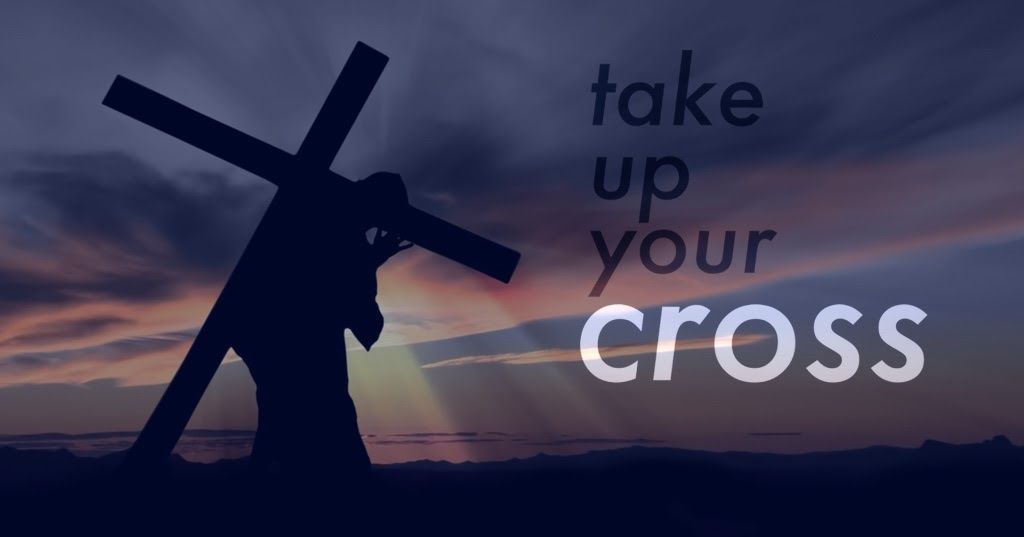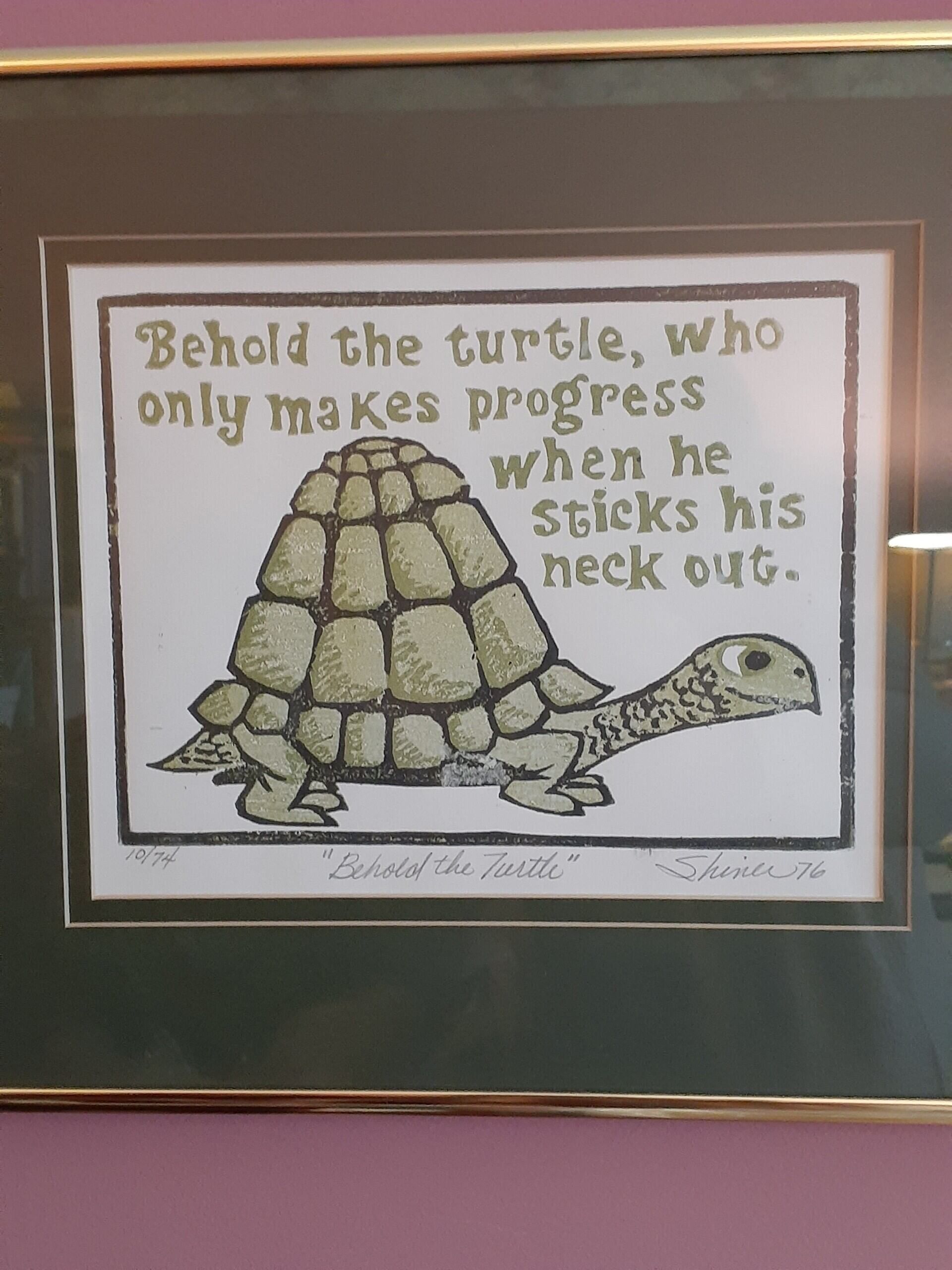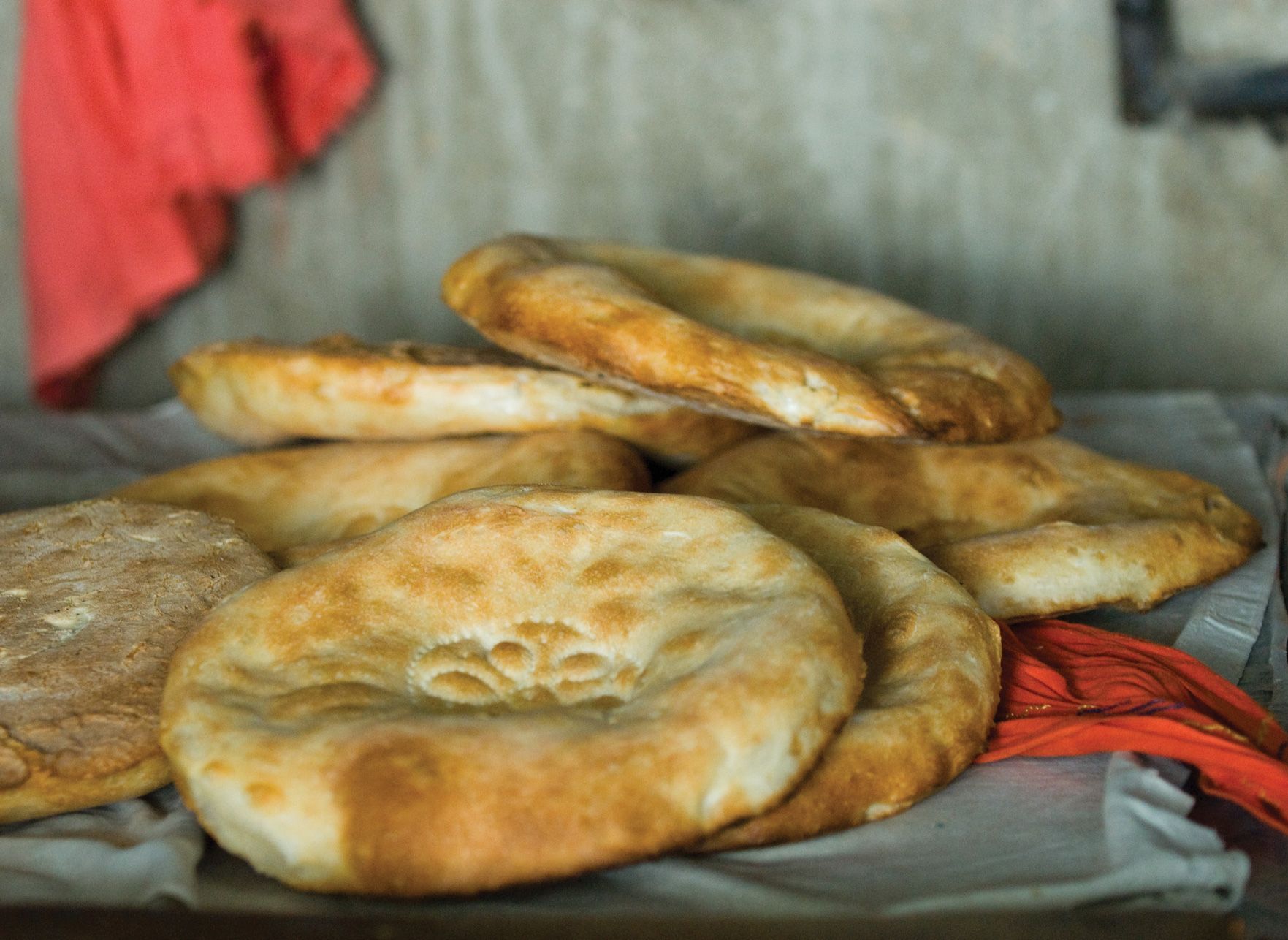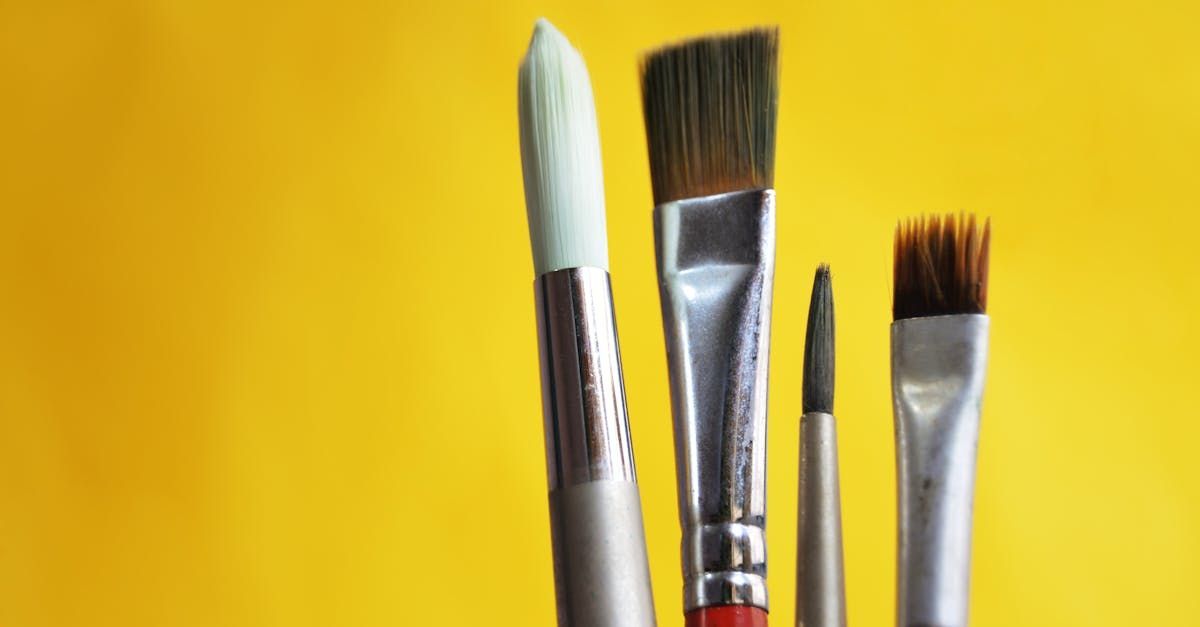Surrendering to the Artist's Heart
This is our second in a four-part series of Celebrating the Arts in Worship. I’ve had the pleasure of hearing from two more artisans from our congregation about how their artform informs their journey in faith. From each of them today I gather, you have to be willing to try something without knowing what the end results will be.
I have given you items to explore being creative during the sermon, to play with. Let your mind wander into the spiritual realm and your faith journey. Let your hands create whatever the Spirit suggests. No judgement.
For the past few days, I was at Hartman Center for a women’s retreat. Nora led us in activities to helped us slip away from the human realities of life to spend time with God. We had meals with the younger campers but also engaged in activities with our small group of mature women, doing devotions and having discussions.
Nora invited us to try different spiritual disciplines while we were there. We prayed while walking a very large canvas labyrinth and also with meditative coloring. I tried my hand at poetry. I gazed upon the local knob topped with morning fog and listened to the cicadas at night to see, hear and sense God’s presence. It was nice. Once I finally got out of task mode and into a more spiritual mode.
It took walking the labyrinth mid-afternoon for me to finally get into the spiritual space. Before that, I was doing the motions, but I hadn’t really let down to be really present.
When I walk a prayer labyrinth, I tend to focus on a question or a hope and let my feet find the path, putting one foot in front of the other without thinking of others who are there. The lady before me seemed to be stopping mid path frequently as well as in those switchback curves. So, I paused frequently too.
The curves nudged me on, but the stopping was useful too. I waited for a friend to pass by again. I realized that it can take a little time to fully allow ourselves to get away, to stop to listen, to leave our “to do” list “undone”, to release control and to be fully present to a mystery beating in the Artist’s heart - that impulse in me to create. It is from the Master Artist? The spiritual mode is not just telling God my problems but also listening for what truths the Spirit might whisper to my ear, to my heart.
Clergy often hear this phrase: “I’m spiritual, but not religious.” By religious, they usually mean they don’t aspire to go to church, have institutionalized creeds or confessions, or even sing hymns. But what does being spiritual mean? Barbara Brown Taylor thinks it’s a way of saying that “they have a sense of the divine depth of things; they would like to ‘feel closer to God’ . . .they have a longing for more meaning, more feeling, more connection, more life.”
Working with an art form can be a way of exposing more meaning, more connection, to access the mystery that is God. It’s a spiritual experience that we can’t explain but rather sense. It’s like playing; it’s not about doing it right, it’s about allowing and following all the curves and changes, rough valleys and mountain highs that might come along.
I’ve invited Brooke Bensinger to share her experience with tie-dying and the daring to start a project with an unknowable finish. I’ve asked her to share how that activity helps her spiritual development. Brooke's reflections follow:
“There is a saying in the tie-dye world….a saying I am sure you have heard before….”trust the process.” For tie-dying it means “it may look like a mess now but wait until you see the finished product.”
Sometimes dye goes in places I did not intend it to go. Sometimes my faith journey leads me down paths I did not expect or want to do, but God led me there.
Trust the process.
Sometimes the rubber bands are too tight and create more white in the shirt than I wanted. Sometimes life's hardships and challenges keep me bound to stress and I do not notice God's presence in my life but the white reminds me of the light of Christ.
Trust the process.
The Bible is filled with stories about individuals who had faith and trusted the process.
Michelle de Toit (toy) of South Africa describes in an article entitled Trust God in the Process. She describes the process as a time of testing, a time of breaking, a time of shaping, and a time of gratitude. This concludes Brooke's reflections.
Michele Smith, one of our newer members, has a hobby of working with clay making pottery. She shared with me that the relationship of making pottery and her spirituality was much different than she expected. In her spirituality she learned to practice awareness.
Having trained in Gestalt Pastoral Care, she learned to listen to the direction of the Spirit. She wrote that “One of our practices was to walk in nature and practice awareness of all that was around us. It doesn't sound like much, but it had an impact.”
While throwing a pot, there is an awareness of the state of the clay. Working on a potter's wheel the clay must always be centered, be perfectly round, or the centrifugal forces of the spinning potters wheel will pull it off center and the clay will be pulled into a flat tire kind of shape. Completely unworkable.
Using pressure between the fingers the potter forces the clay into its intended shape. Again, awareness of the state of the clay is necessary. If the clay becomes too dry it will be thrown off center, too wet and the clay sags and cannot rise. There is a sensation of weakness in the clay when the walls are pulled too tall. Learning to sense that limitation is important.
Forming a pot which can withstand the rigors of the kiln firing to near white hot temperatures and becoming a functional work of art entirely relies on my ability to sense what is happening in the clay and move it into beautiful and useful shapes.
My spiritual life requires my awareness and my willingness to be shaped into someone who can withstand the rigors of life and become functional if not beautiful. That part is far more difficult.
In the Ephesians passage, Paul explained in (4:11) that God granted that some in the church are apostles, prophets, evangelists, pastors and teacher 4:12 to equip the saints for the work of ministry, for building up the body of Christ. We could substitute those roles with art practitioners: some are musicians, painters, potters and those who work with fabric.
Maybe an art practice in your own home and on your own time would allow you to see what is in your inward being, where God teaches you wisdom in your secret heart.
Take a prompting question and doodle on a blank page or work a piece of clay or playdough as you pray. Use movement, or dance to pound out your frustrations until you can give them up in a prayer of petition. Let your secret fears and negative talk come to the canvas surface and allow God’s truth about you be revealed.
May we all see the gift that creativity gives us, the gift in the communication between us and the heart of the Master Artist. Amen.









